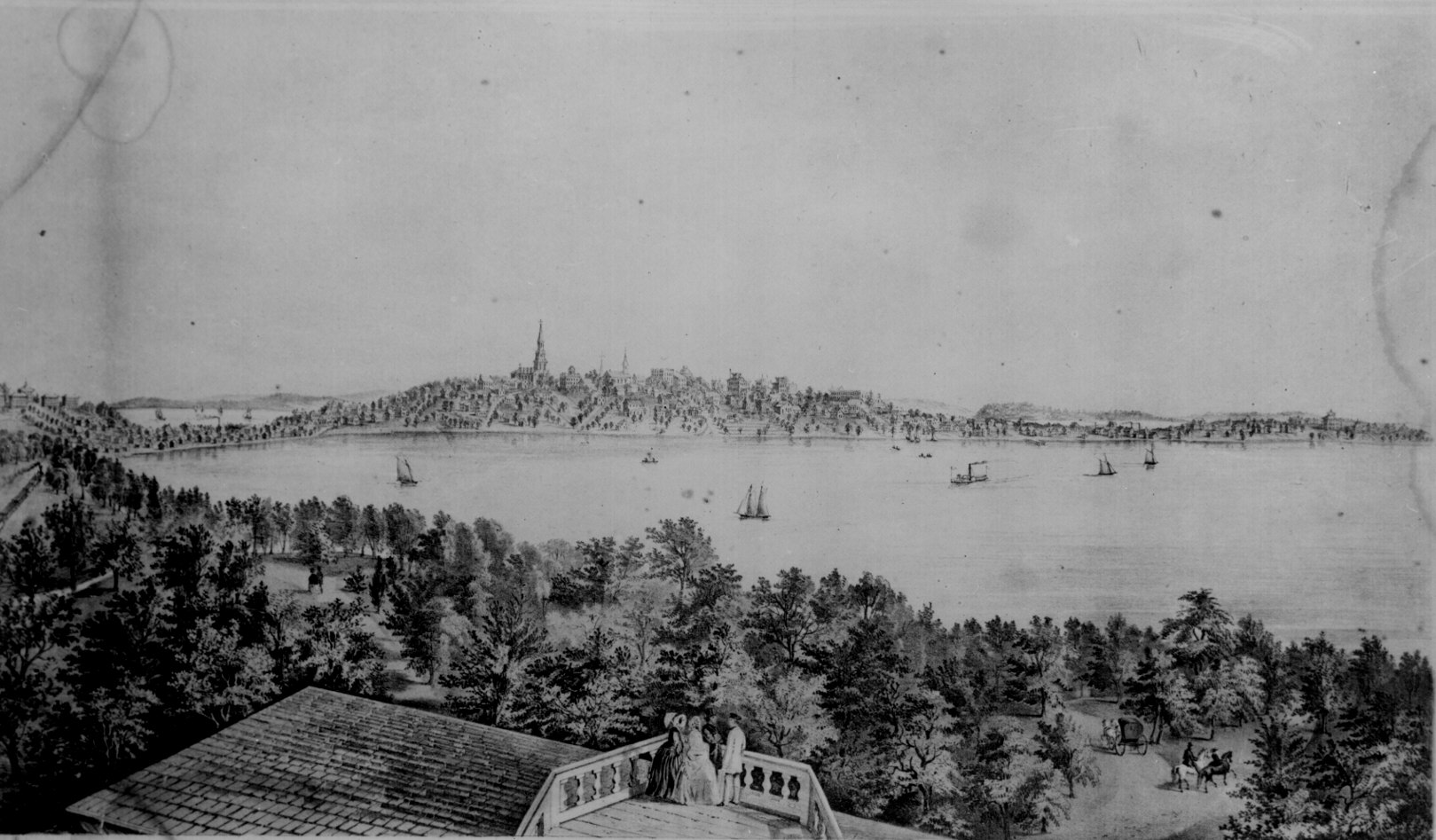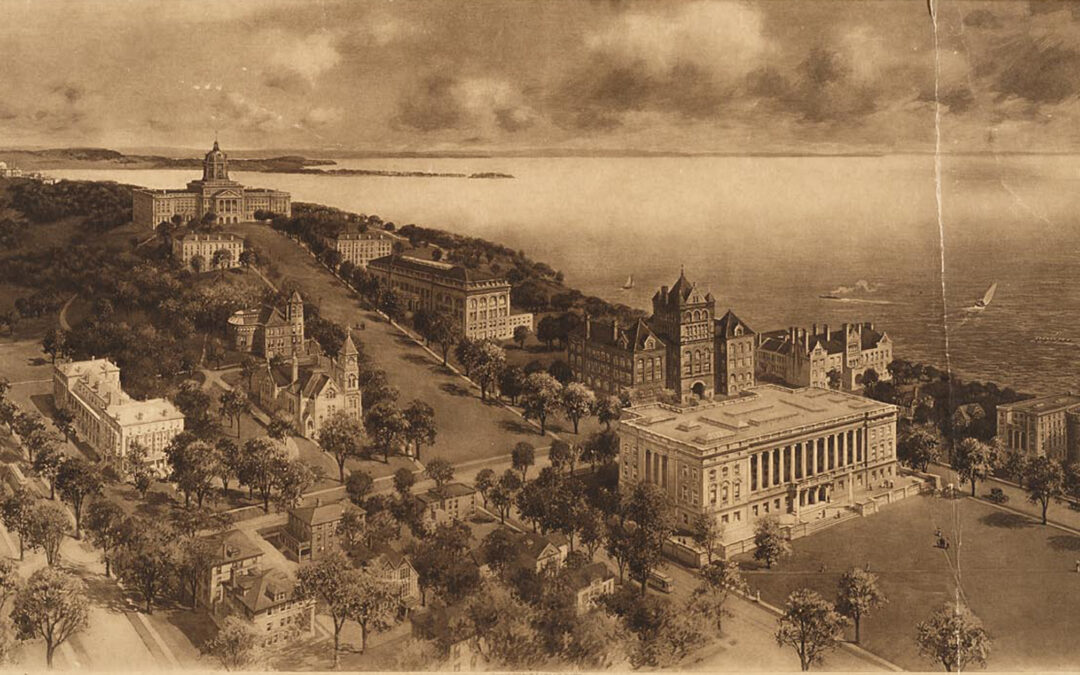Today we thought we’d author a fun and thought-provoking article on the history of Madison, WI, its origins and its prominent role as the state’s capital. Read on to learn more about how an unincorporated swampy marsh became the seat of power within the great state of Wisconsin.
Economic power (often correlated with natural resources and population) drives societal influence. Thus, when a society chooses to elect its capital not through the means of economic power, as is the case in Madison, it begs the question, why?
By the end of this article, the reader will have been presented with the following information:
- Basic statistics about Madison, Wisconsin
- The story behind the founding of Madison
- Influential events, and backgrounds of influential Madison founders & citizens
Madison Stats
| Incorporated | 1848 |
| Urban Population (2020 Census) | 258,366 |
| Elevation | 873 ft |
| Named for | James Madison |
The history of Madison
Madison is located in South-Central Wisconsin, on an isthmus between Lake Monona and Lake Mendota. The picture below shows just how narrow and population-sparse the isthmus was in Madison’s early days, as one could see each lake opposite the city.

Today, the land is more level, wider, and (unsurprisingly) more densely populated. The capitol building is perched upon what remains of the hill depicted in the 1855 image, giving and remains (per city mandate) the highest elevated building in the city, despite not being the tallest from cornerstone to steeple.
In 1829 James Duane Doty purchased about 1.5 square miles (1,261 acres) of swamp and forest on the isthmus for $1,500.
At the origin of the Wisconsin territory, one of the goals of the territorial legislature was to determine a permanent location for the territory’s capital.
At the time that the legislature was going through the selection process for a permanent location,
- Green Bay had been incorporated as a town for 82 years
- Milwaukee had a population of more than 10,000 people
- Madison had not yet incorporated as a town and had fewer than 500 people living there.
It is logical to think that both Green Bay, with its established military forts and close proximity to the Great Lakes or Milwaukee with its large and rapidly growing population would be good candidates for capital cities.
And yet, Madison became the capital, why?
In short, Doty was a suave and cunning businessman. At the creation of the Wisconsin Territory in 1836, the original capital of the territory was in Belmont, Wisconsin. Territorial lawmakers began meeting in 1836 with plans to organize the eastern portion of the Wisconsin Territory into the state of Wisconsin. One of the included tasks was to choose the location for a permanent capital.
Doty joined for these sessions and lobbied for his parcel of land he called Madison, after the recently resigned president James Madison.
His strategy was twofold:
- Appeal to the legislators’ sense of patriotism
- Appeal to the legislators’ desire for financial gain

The name for the proposed city of Madison derived from the recently resigned President James Madison. Doty brought the paper above to the convention, depicting roads (imaginary at the time) that were named after signers of the Declaration (Hancock, Henry, Washington, etc.).
To ensure the selection of Madison over the more likely municipalities like Green Bay & Minneapolis, Doty sold parcels of Madison at low prices. By the time the vote on the new capital took place, so many plots of land had been sold to the legislators and influencers at the convention that about half of all legislators owned land on the isthmus.
And that, is the story of how Madison became Wisconsin’s capital.
References
- Wilson, John K. “Peddling A Paper City: How Madison Became Wisconsin’s Capital.” Wisconsin Public Radio, 13 Jan. 2020, www.wpr.org/peddling-paper-city-how-madison-became-wisconsins-capital.
- “The Man Behind Madison’s Name: James Duane Doty.” Portal Wisconsin Blog, 28 Sept. 2010, portalwisconsin.wordpress.com/2010/09/27/the-man-behind-madisons-name-james-duane-doty/.
[1. https://github.com/marmelab/EventDrops]
[2. http://bl.ocks.org/tnightingale/4718717]
[3. https://developers.google.com/chart/interactive/docs/gallery/timeline]
